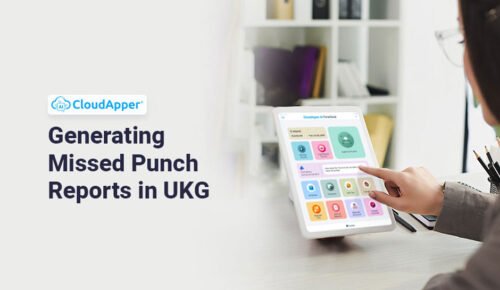The Franchise Disclosure Document (FDD) is one of the most crucial resources for anyone looking to buy a franchise. It’s designed to give potential franchisees a clear picture of the franchisor’s business model, financials, and legal standing. But with all the legal jargon and complex terms, it can be overwhelming to navigate.
In this article, we’ll explore the key things that the FDD really reveals. As we break it down into simple terms, you’ll gain a better understanding of how to read the document and what to look for before signing on the dotted line.
KEY TAKEAWAYS
- The FDD outlines the crucial risks and benefits of a franchise.
- Review the franchisor’s history and litigation for potential red flags.
- Fully understand all initial and ongoing fees before committing.
- Clearly define franchisee and franchisor obligations to ensure proper support.
The Purpose and Structure of the FDD
The FDD exists to protect you as a franchisee. It’s a legal document that’s required by the Federal Trade Commission, and every franchisor must provide it to prospective buyers at least 14 days before any agreement is signed.
The FDD usually contains 23 different sections, covering everything from the franchisor’s background to legal obligations. Each section provides important details, but it can be easy to get lost in the information.
Whether you’re considering a restaurant or a roofing franchise, understanding the document’s structure can help you digest it more easily. Think of it as a roadmap that outlines the risks and benefits of joining the franchise system.
Franchisor’s Background and Litigation History
One of the first things you’ll encounter in the FDD is the franchisor’s background. This section gives insight into the franchisor’s history and experience in the industry. For example, if you’re exploring a lawn care business, you’ll want to know whether they have years of expertise or if it’s a newer venture.
The litigation history is just as important. It shows whether the franchisor has faced legal issues in the past. While some disputes are common in any business, a long list of lawsuits could be a red flag. Look for patterns that suggest ongoing legal trouble, and consider how that could affect the stability of your franchise.
How to Read Between the Lines
The fees section can be one of the trickiest parts of the FDD. Here, you’ll find details on the initial franchise fee, ongoing royalty fees, and sometimes marketing contributions.
These costs can vary widely depending on the franchise, but they should be clearly explained. It’s important to dig a little deeper than just the numbers listed. Are there hidden fees that might come up later?
For example, you may need to pay for training, equipment, or software. Make sure you understand all the costs involved so you can budget effectively and avoid surprises.
Understanding the Obligations of the Franchisee and Franchisor
The FDD also outlines the roles and responsibilities of both the franchisee and the franchisor. As a franchisee, you’ll likely be required to follow specific rules, from operational guidelines to approved suppliers. This is to ensure consistency across all franchise locations, but it can also feel restrictive.
On the other hand, the franchisor has their own obligations. They might promise to provide training, ongoing support, or marketing assistance.
Be sure these obligations are clearly defined and realistic. A franchisor that offers little support may leave you struggling to succeed.
What You Can and Can’t Expect
The financial performance section (often referred to as Item 19) can be a goldmine of information—or a major gap. Some franchisors provide detailed earnings projections, while others don’t include any financial performance representations at all.
This can make it harder to estimate how profitable the franchise might be. If the FDD does include earnings data, take it with a grain of salt. These numbers often represent ideal conditions and may not reflect what you’ll experience in your location.
It’s smart to do your own research, talk to existing franchisees, and consult with a financial advisor before making any assumptions about potential earnings.
Closing Thoughts
The FDD is an essential tool in helping you make an informed decision about buying a franchise. By carefully reviewing each section and seeking professional advice when needed, you’ll have a clearer picture of what to expect. Don’t rush through the process—take the time to truly understand the details before committing.
*Disclaimer: This is a Sponsored Post.








































































































